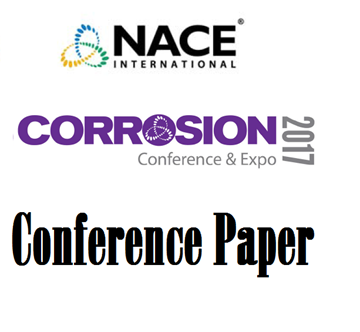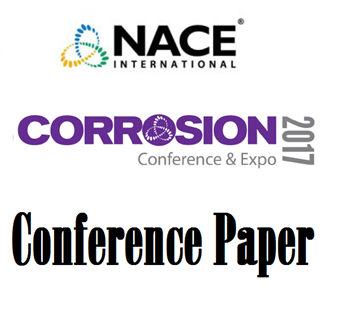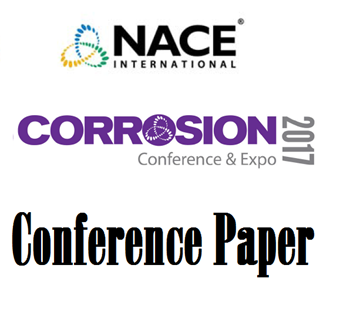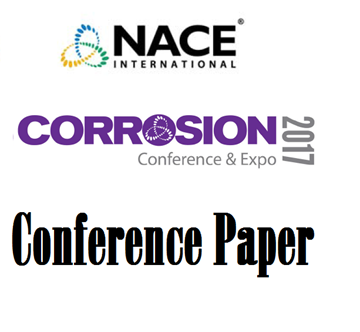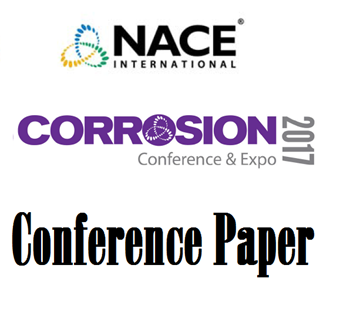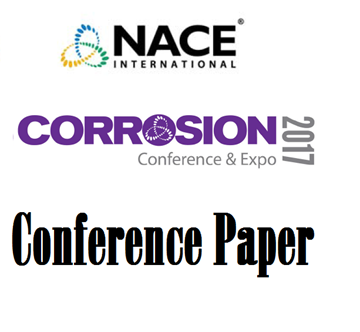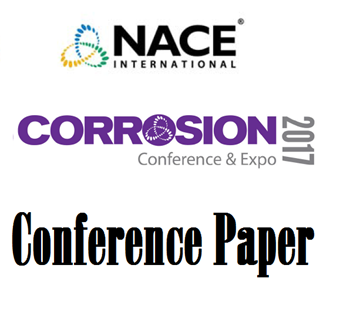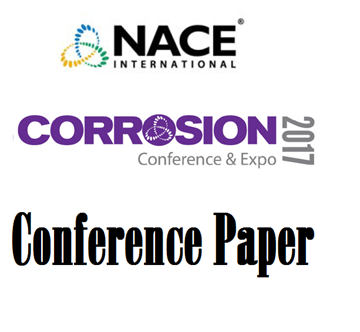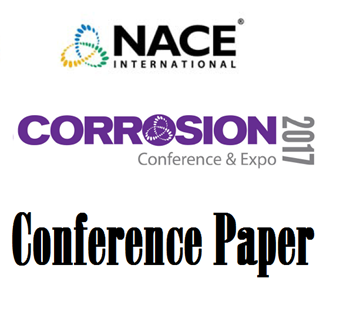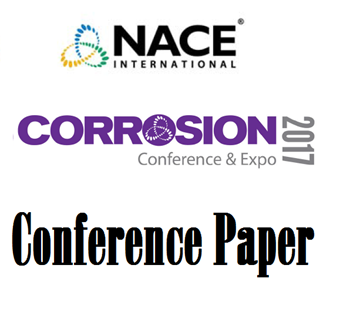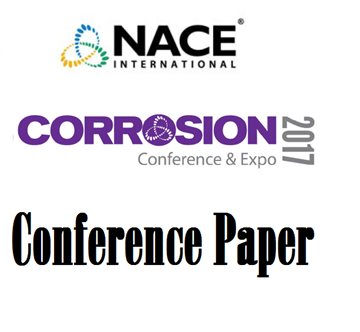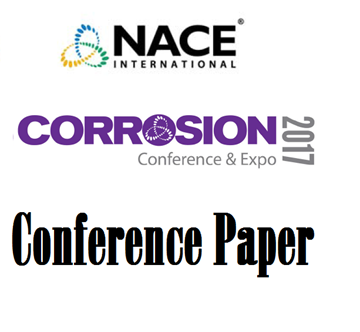Search
Products tagged with '2017 Conference Papers'
View as
Sort by
Display
per page
Retrofit Strategy Using Aluminium Anodes for the Internal Sections of Windturbine Monopiles
Product Number:
51317--8955-SG
ISBN:
8955 2017 CP
Publication Date:
2017
$20.00
Review of Cathodic Protection Systems for Concrete Structures in Australia
Product Number:
51317--9024-SG
ISBN:
9024 2017 CP
Publication Date:
2017
$20.00
Review on the Heat-Resistant Stainless Steel Alloys Used for the Steam Methane Reformer Outlet Systems
Product Number:
51317--9351-SG
ISBN:
9351 2017 CP
Publication Date:
2017
$20.00
Role of Crack Tip Strain Rate on the Fatigue and Fracture Behavior of Line Pipe Steel in Sour Environments
Product Number:
51317--9203-SG
ISBN:
9203 2017 CP
Publication Date:
2017
$20.00
Role of H2S In Localized Corrosion and Cracking of CRAs in Upstream Oil and Gas Applications
Product Number:
51317--9463-SG
ISBN:
9463 2017 CP
Publication Date:
2017
$20.00
Role of Hydrogen in Intergranular Corrosion of AA2024 Aluminium Alloy: An AFM-KFM Study
Product Number:
51317--9464-SG
ISBN:
9464 2017 CP
Publication Date:
2017
$20.00
Sacrificial Anodes for Reinforced Concrete Structures: A Review
Product Number:
51317--9078-SG
ISBN:
9078 2017 CP
Publication Date:
2017
$20.00
Safe Processing of Naphthenic Acid Opportunity Crudes Using Chemical Inhibition and Online Monitoring
Product Number:
51317--9067-SG
ISBN:
9067 2017 CP
Publication Date:
2017
$20.00
Segmented Multi Electrode Sensor for Investigation of Environment-Assisted Cracking Under Dynamic Atmospheric Conditions
Product Number:
51317--8946-SG
ISBN:
8946 2017 CP
Publication Date:
2017
$20.00
Service Performance of Ni-Al Bronze in Marine Environments
Product Number:
51317--9298-SG
ISBN:
9298 2017 CP
Publication Date:
2017
$20.00
Severe Under-Deposit Corrosion Inducing Hydrogen Embrittlment in Water Wall Tubes
Product Number:
51317--8889-SG
ISBN:
8889 2017 CP
Publication Date:
2017
$20.00
Sigma Phase Embrittlement of Type 304H Stainless Steel after FCCU Service
Product Number:
51317--9140-SG
ISBN:
9140 2017 CP
Publication Date:
2017
$20.00

